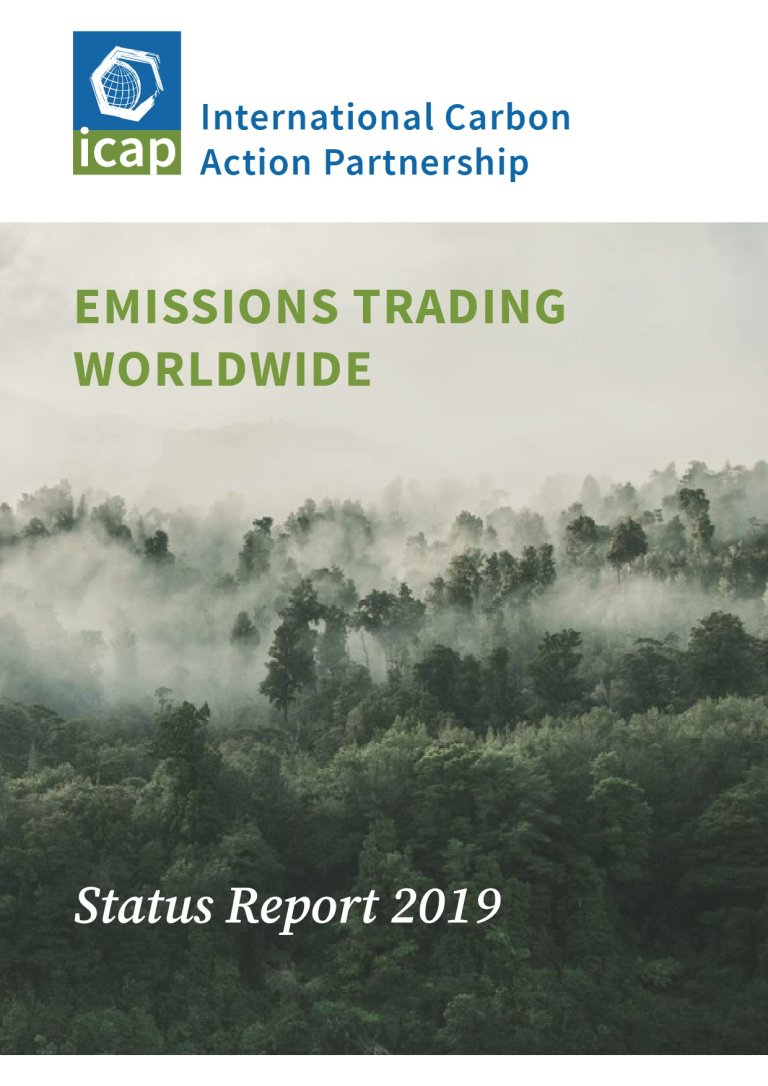Emissions Trading Worldwide: ICAP Status Report 2019


Category
Topics
Release date
Language
The International Carbon Action Partnership’s latest report looks back on the major developments in emissions trading over the past year and finds that emissions trading systems (ETSs) worldwide have again grown stronger. For many established carbon markets, 2018 was a year of completing reforms in preparation for the post-2020 era. As these changes start to kick in, there have been significant price effects in some systems, with major systems – especially the EU ETS – pushing near or beyond the USD 20 mark per t/CO2e. Historic and current price developments in carbon markets can now also be tracked with the ICAP Allowance Price Explorer, which is launched on the ICAP website in parallel to this report.
As the new report shows, interest in pricing emissions through ETS has grown in recent years as countries consider how to meet their commitments under the Paris Agreement. 20 carbon markets are now active worldwide, operating in economies that make up close to 40% of global GDP. A further 18 jurisdictions are actively considering the instrument. Over the past year, developments have been particularly dynamic in Latin America. Mexico is set to launch a pilot carbon market between 2019 and 2020, and policy-makers in Colombia and Chile are also considering the instrument. The future heavyweight in terms of size, however, will be China: its domestic carbon market, once active, would become the world’s largest – nearly doubling the share of global emissions regulated by emissions trading from about eight to fourteen percent. The past year also saw progress and continuing interest in cap-and-trade in North America, with several sub-national systems scheduled and under consideration.
Just as important as the new systems, however, is the progress made in the world’s most mature carbon markets. Through the recent reforms, jurisdictions including the EU, California, Québec, and the Regional Greenhouse Gas Initiative have legislated ambitious emissions caps out to 2030 in line with their broader climate targets, providing a predictable planning horizon to covered businesses. As emission caps become tighter, maintaining competitiveness and ensuring market stability continue to be at the core of ETS policy.
Over the past decade, ICAP has become a key forum for front-runner jurisdictions to compare notes and share lessons learned on these and other challenges. In the coming year, ICAP intends to step up its role as a platform where carbon market policymakers can meet each other and exchange lessons learned, making the most of the unique global mix of knowledge and experience ICAP members and observers combine.
